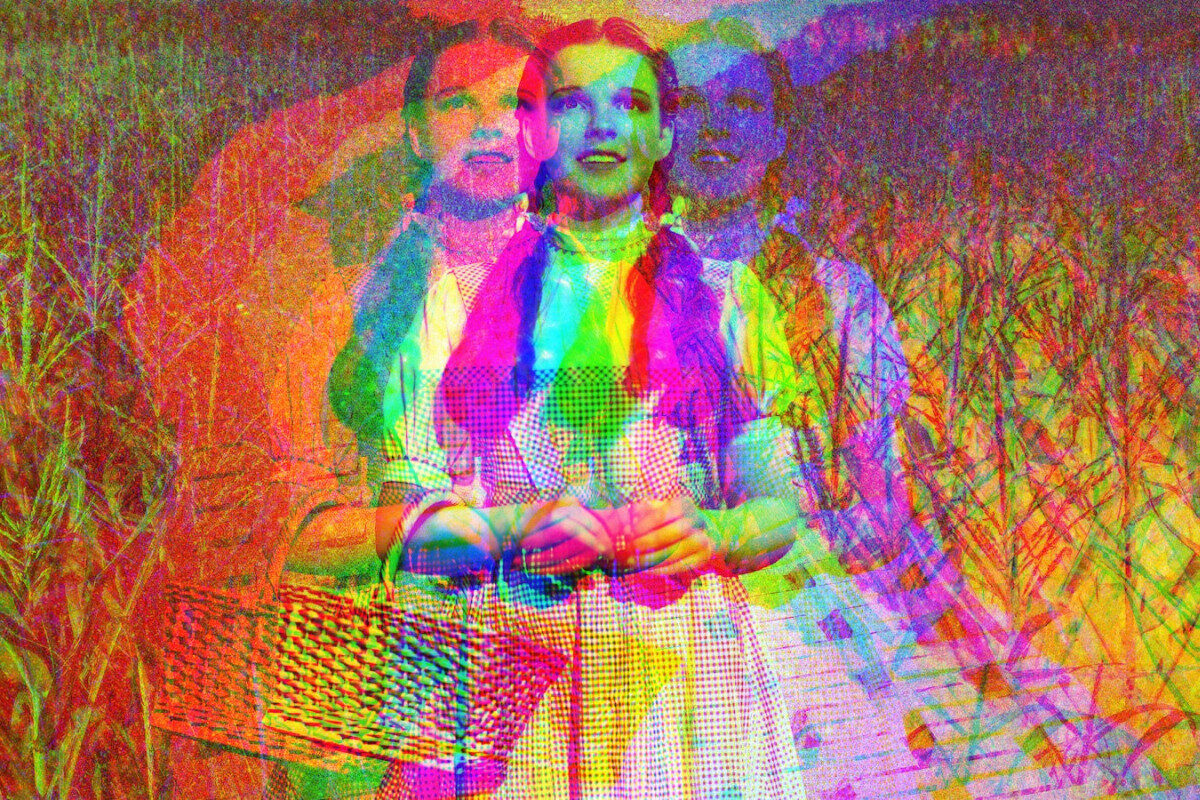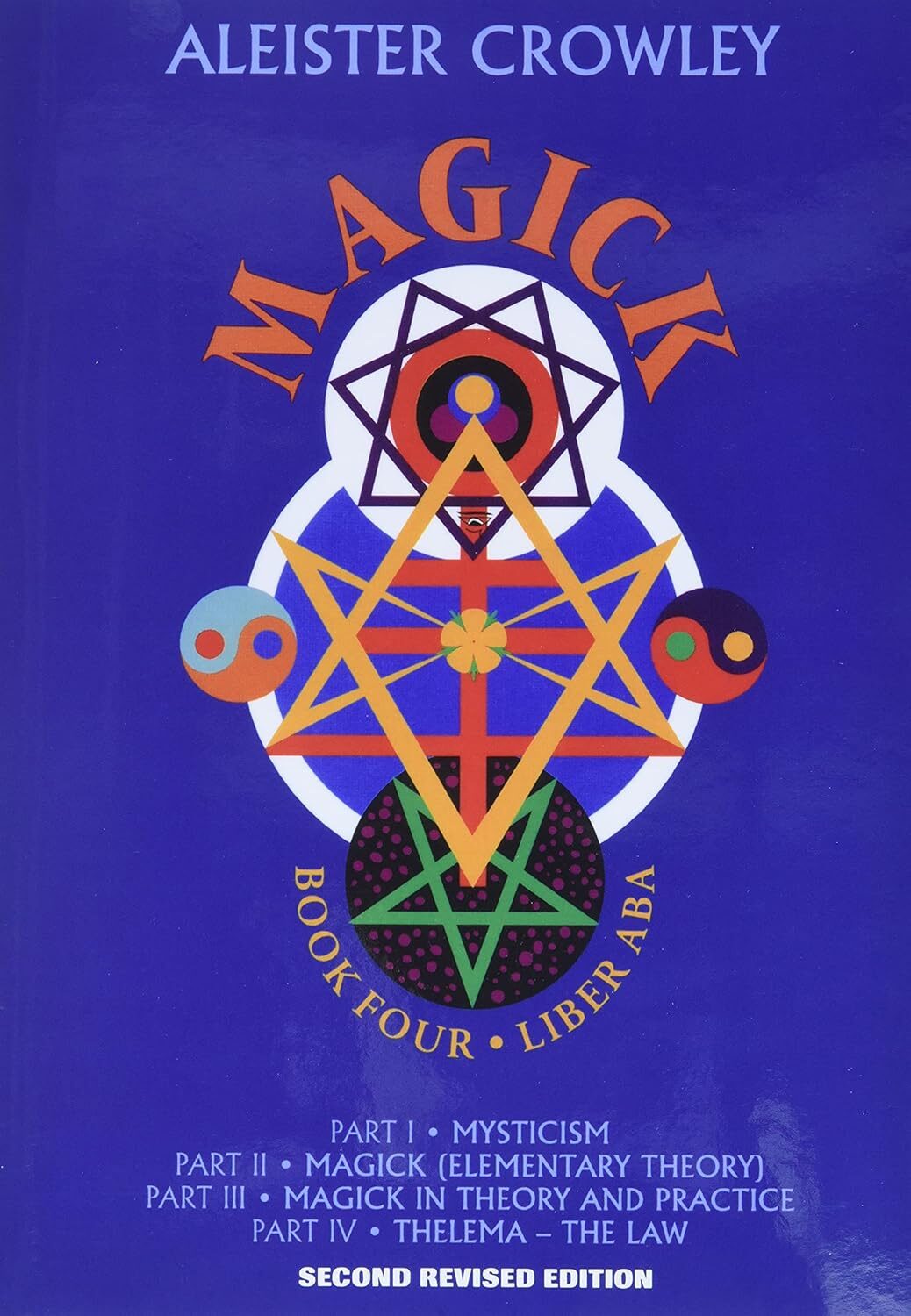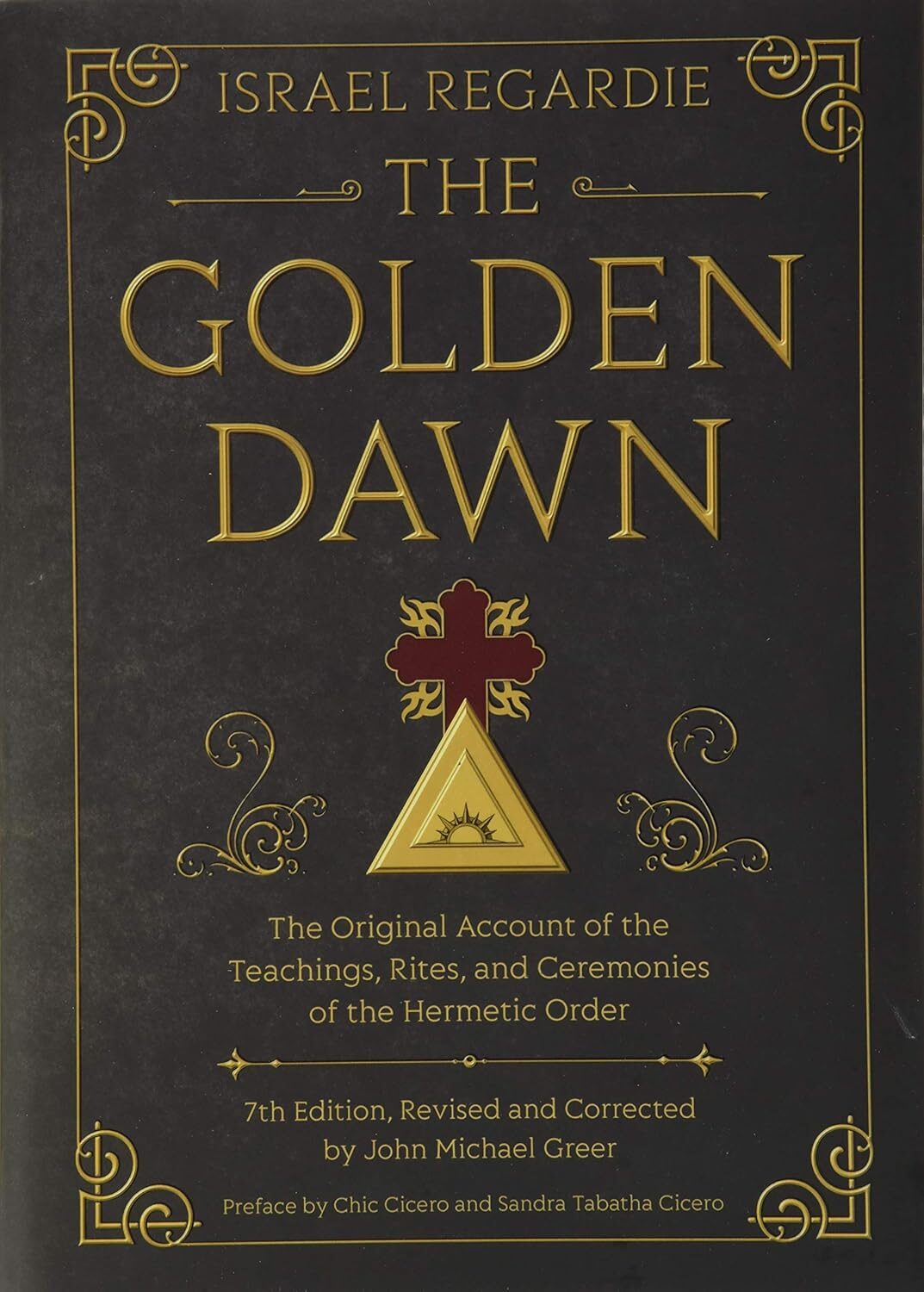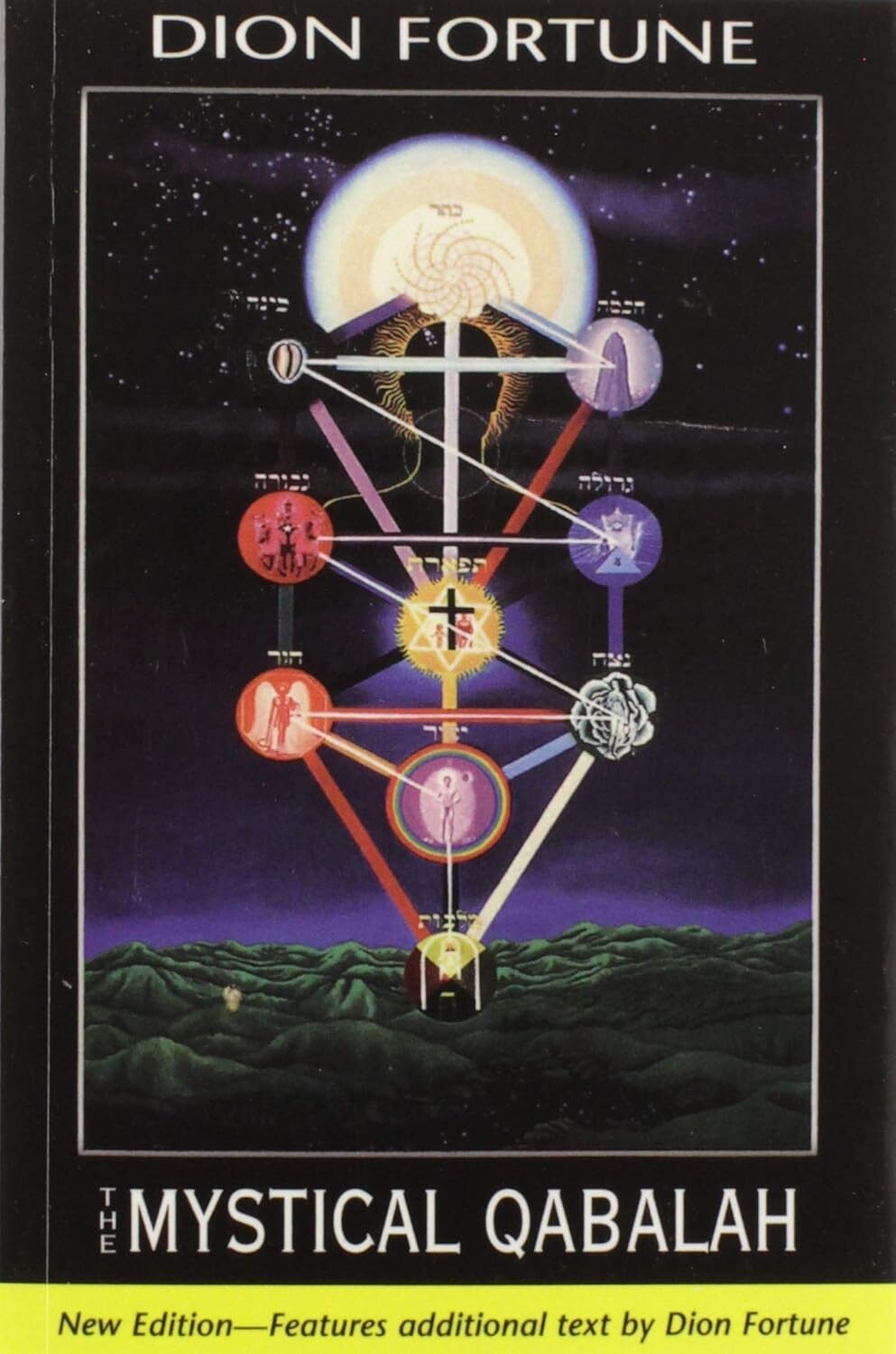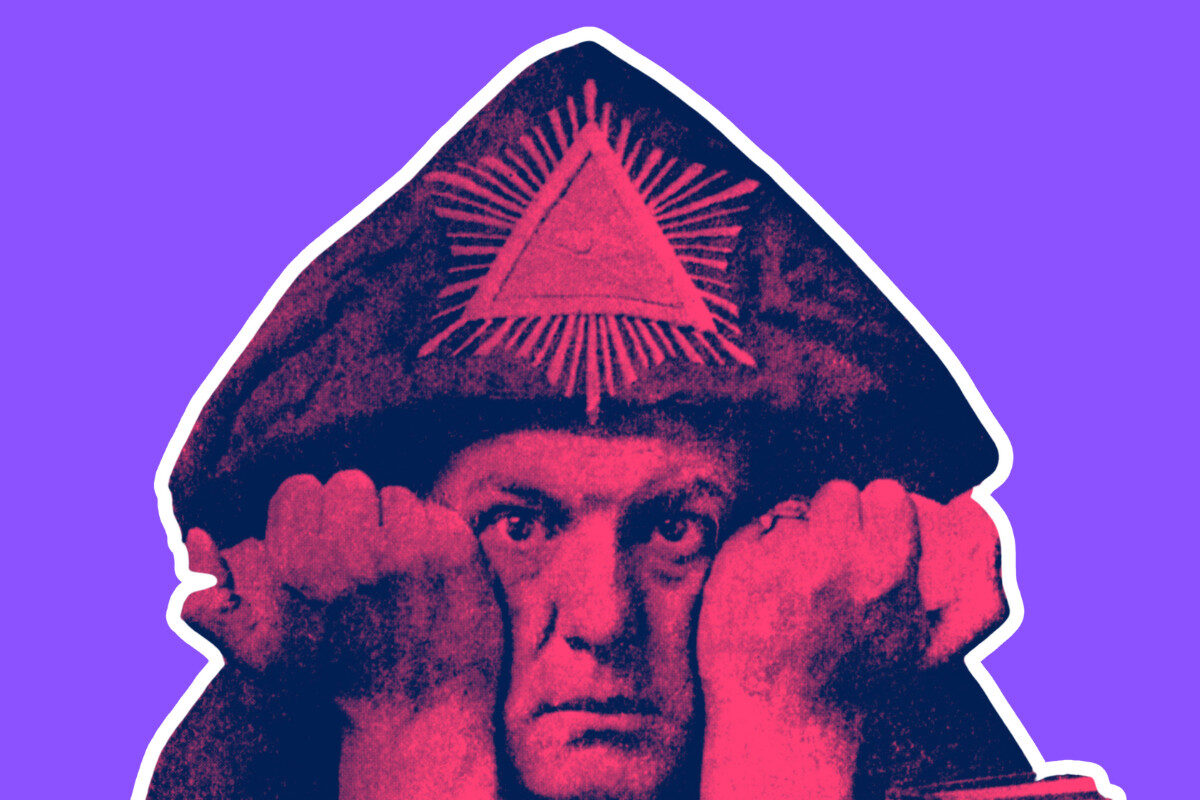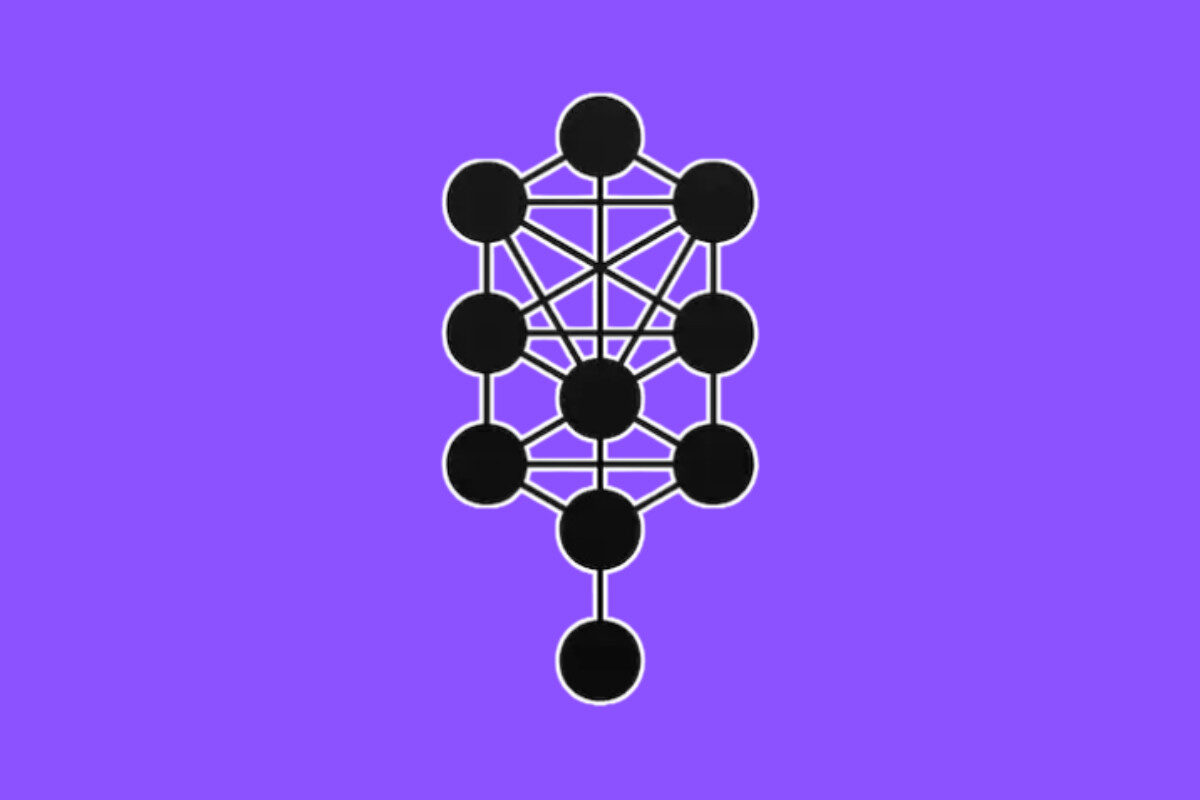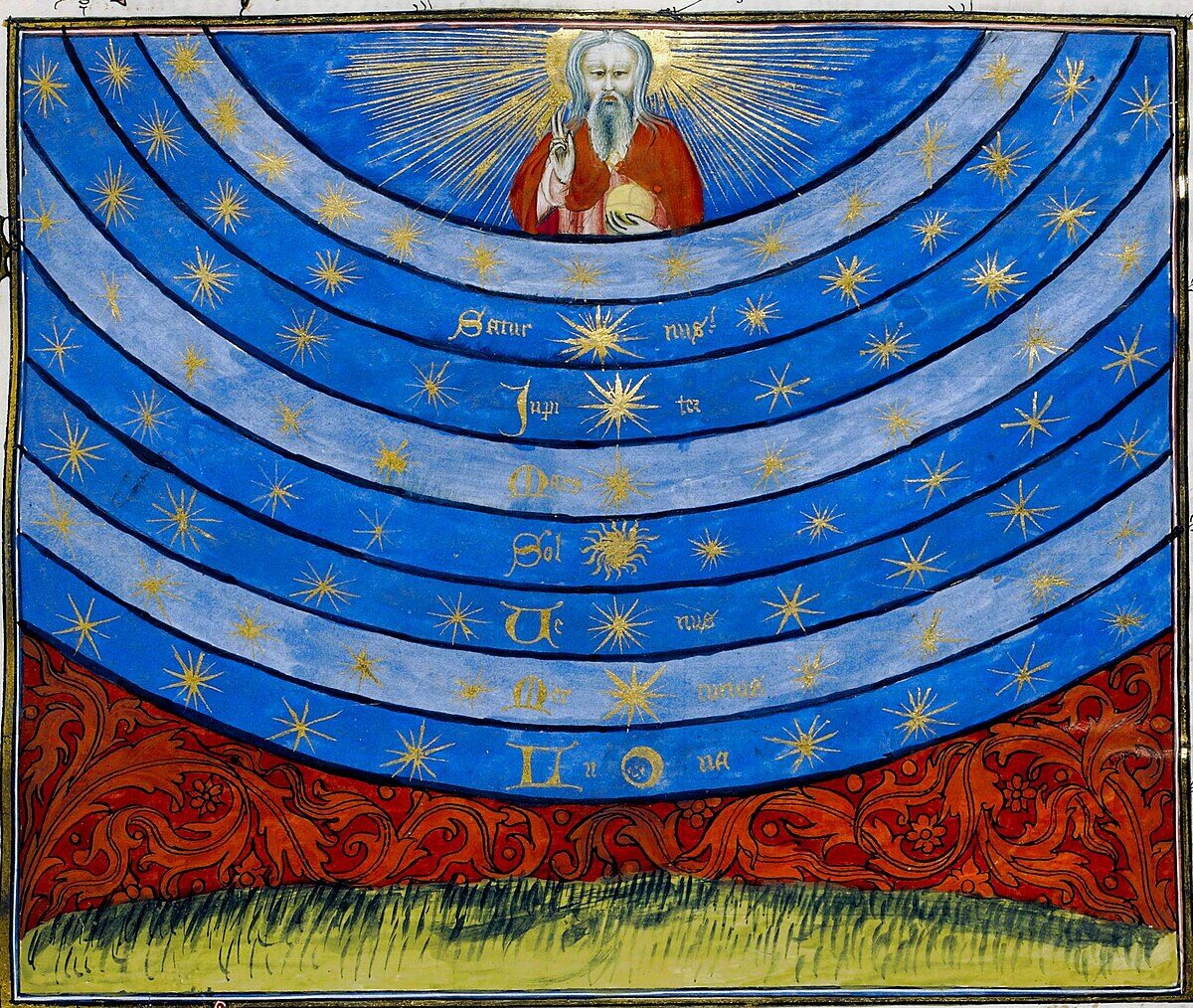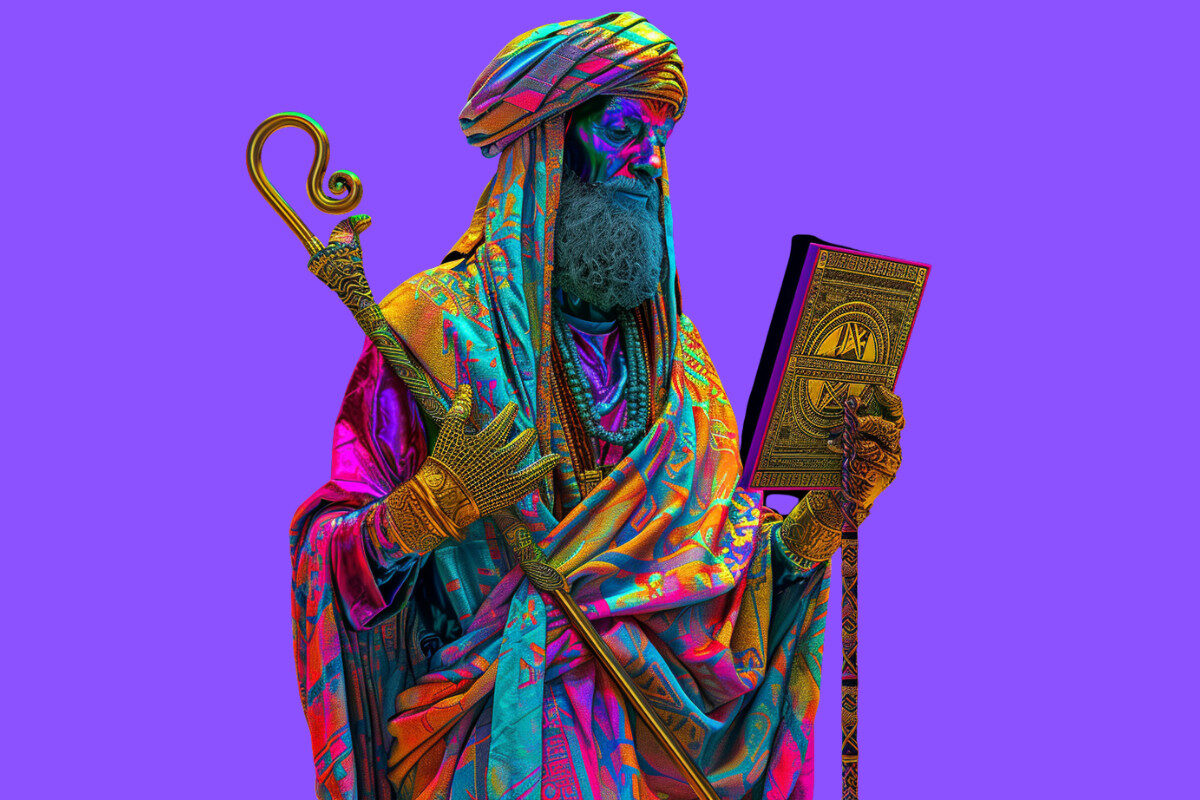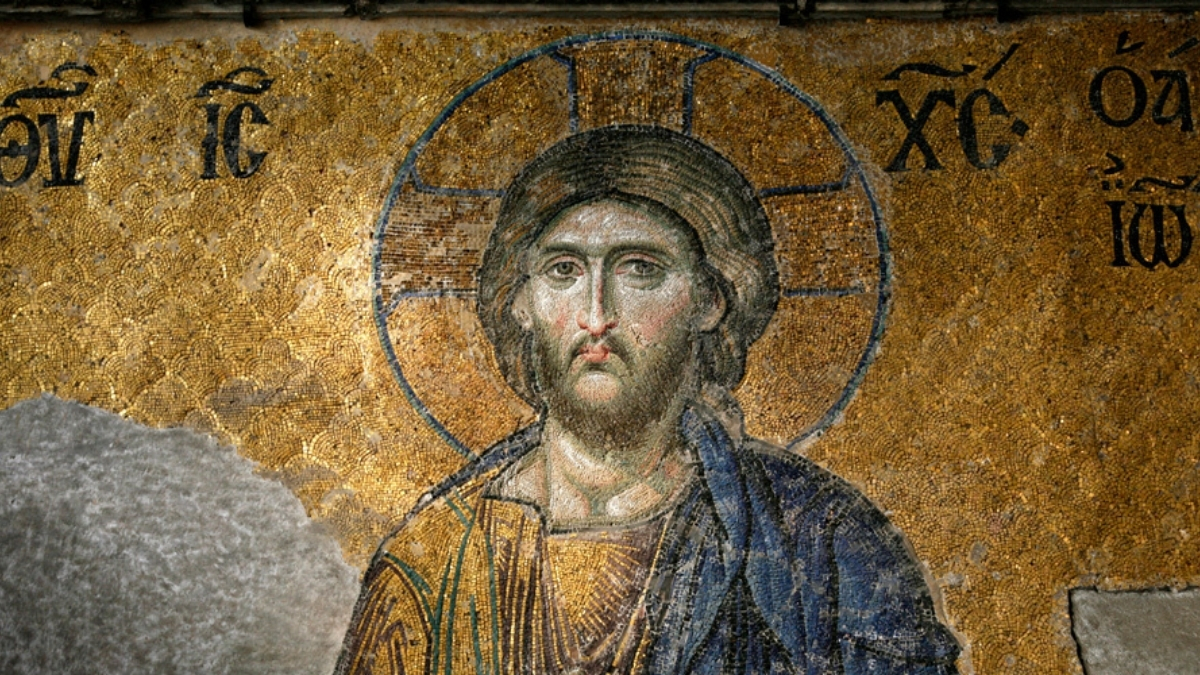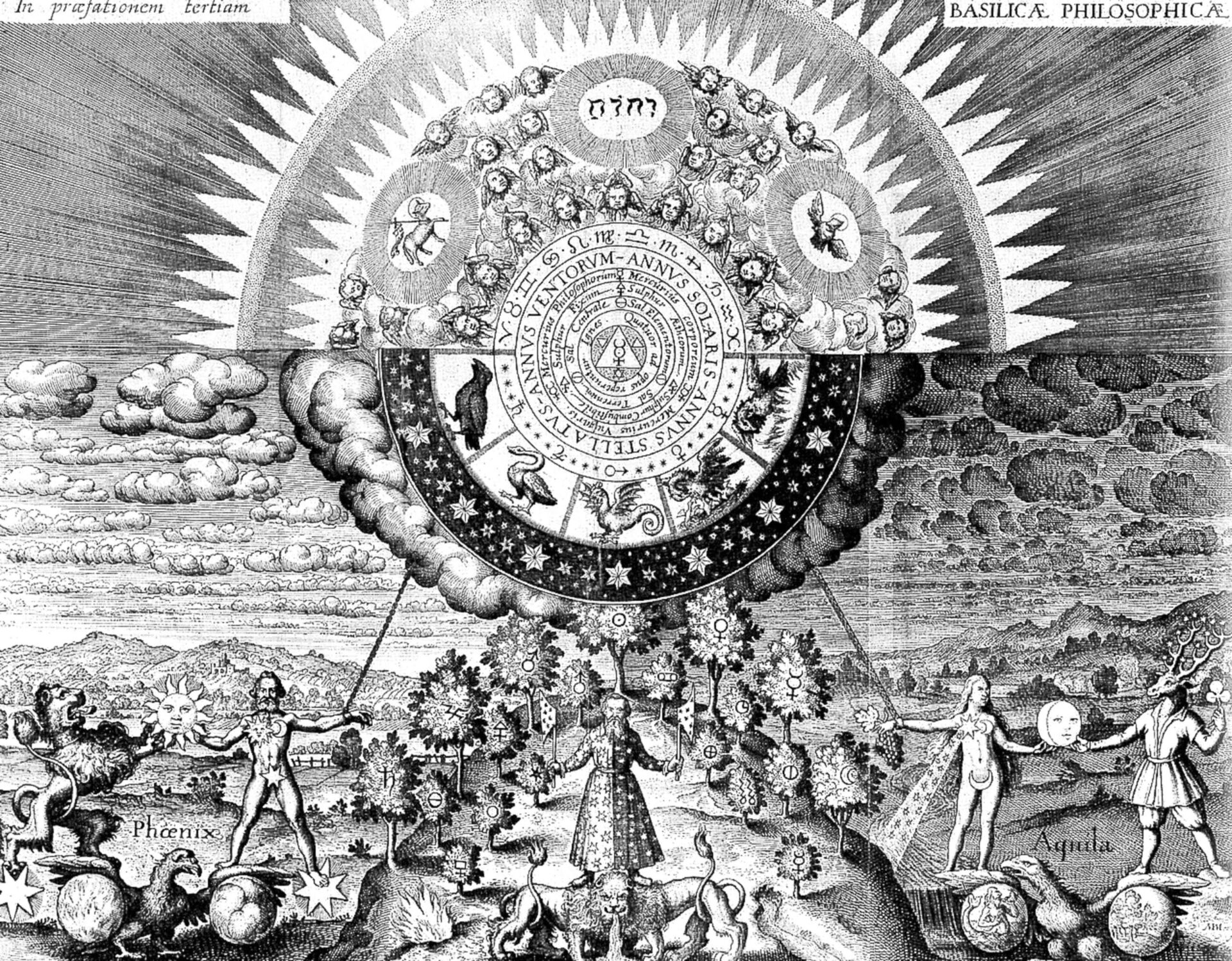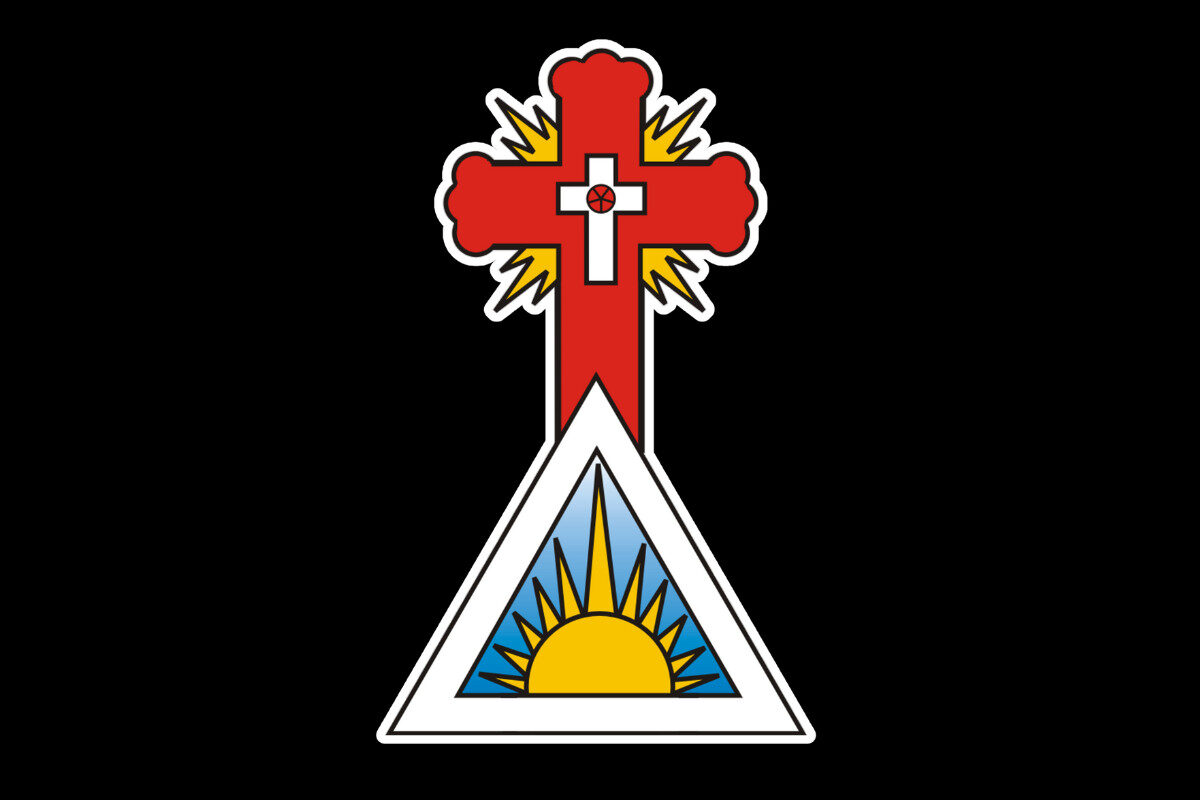The Wizard of Oz is one of those stories that refuses to sit still. Generations have read it as political satire, American mythology, or even Jungian dreamscape. It’s all of those—and more. Because beneath the poppies, the witches, and the yellow brick road lies something older: a spiritual map.
Look at the story through the lens of Kabbalah and Hermetic philosophy, and Dorothy’s journey starts to read like an initiation into the mysteries of the Tree of Life. Each character, each trial, each symbol isn’t random: it mirrors the archetypal steps of the soul’s ascent.
Dorothy isn’t just a lost girl from Kansas. She’s the seeker, exiled in the material world (Malkuth), walking the Middle Pillar in search of reunion with the Source (Kether).

Her companions embody aspects of her own psyche—intellect, emotion, power—that must be integrated. The Wizard is Da’at’s false crown, the Witch the Qliphothic shadow, Glinda the voice of divine understanding. Even the Emerald City, the slippers, and her return home unfold like stages on the path of initiation.
This isn’t coincidence. Myths survive because they carry truths too deep to be spoken outright. The Wizard of Oz is no different. Beneath its Technicolor surface, it’s whispering the same lesson mystics have always taught: you already carry the way home within you.
Let’s break it down step by step.
Dorothy – The Seeker (Tiferet)
Dorothy isn’t just a lost girl from Kansas; she’s the archetype of the soul itself. She begins in Malkuth, the material world at the base of the Tree of Life, exiled from the awareness of her divine origin. Her longing to return “home” isn’t nostalgia for Kansas; it’s the soul’s deepest desire to reunite with the Source, the One from which all life flows.
This is why she feels displaced from the very beginning.
Home in Kansas is gray, uncertain, full of conflict. It’s not that the physical world is bad, but that it feels incomplete.
For the mystic, this is a familiar ache: the sense that no matter how secure or comfortable the material world appears, something essential is missing. That hunger for return is what sparks the journey.
As she travels, Dorothy embodies the qualities of Tiferet, the radiant heart of the Tree of Life. Tiferet is the place where the human and divine meet, the center that harmonizes all extremes.
In Kabbalistic tradition, it is often associated with beauty, truth, and the Christ-consciousness—the inner sun that unites all the other sefirot.
Dorothy stands in this role as the seeker of balance, trying to weave together mind, heart, and will (her three companions) while walking the central path.
In Tarot terms, Dorothy reflects The Fool at the start of her journey—innocent, unprepared, and stepping into the unknown. But by walking the Middle Pillar, she evolves toward The Sun, the card of illumination, joy, and harmony. Just like The Sun, Dorothy radiates innocence and clarity, but only after facing her shadows and stripping away illusion.
The important / allegorical part here is that Dorothy represents every seeker. We all start in exile, mistaking the material world for our only home. We all feel the pull of something more, a place we can’t quite name but know we belong to. Dorothy shows us that the path isn’t about escaping life, but about finding alignment in its center, where the divine spark and human experience meet in balance.
In the end, Dorothy doesn’t “become” something greater, she remembers what she already was. That is the essence of Tiferet: not transcendence as escape, but transcendence as integration, a return to the heart where human and divine are one.
The Yellow Brick Road – The Path of Initiation
The most iconic image in The Wizard of Oz isn’t the Wizard or the slippers; it’s the golden road itself. The Yellow Brick Road shines like a promise, winding upward toward the Emerald City. But in the language of mysticism, it’s more than a whimsical path. It is the Middle Pillar of the Tree of Life, the central axis that links the physical world to the divine.
In Kabbalah, the Middle Pillar begins in Malkuth (the material world), rises through Yesod (the subconscious, the dream realm), passes through Tiferet (the heart, beauty, illumination), and continues upward toward Kether (the crown, Source).
It is the path of balance, holding the soul between the extremes of mercy and severity, intellect and passion, expansion and contraction.
Dorothy’s journey along this road is nothing less than the story of initiation. Step by step, she is drawn away from the scattered, chaotic pull of the outer sefirot and into the alignment of the center. Every bend of the road reflects the structured, often slow process of awakening; the kind of disciplined ascent that both Kabbalah and Hermeticism insist is the only real way upward.
In Tarot, the road mirrors The Chariot, a card of directed movement, focus, and mastery of opposing forces. Like the Charioteer, Dorothy must keep herself centered, holding intellect (the Scarecrow), emotion (the Tin Man), and will (the Lion) in harmony if she wants to advance. The road demands integration, not distraction.
The Yellow Brick Road is also seductive. It makes us think initiation is neat, golden, and straightforward. But anyone who has walked a real spiritual path knows otherwise. The road looks simple, but it winds, tests, and throws obstacles in the way. Dorothy is always tempted to stray, always at risk of being lulled by poppies or frightened by shadows. Staying on the path is the work.
Every seeker longs for shortcuts; for magic formulas, quick enlightenment, or gurus who promise to whisk us to the top. But the Middle Pillar doesn’t allow shortcuts. It’s brick by brick, step by step, discipline by discipline, just like Dorothy.
The Companions – Aspects of the Self
- The Scarecrow (Hod / Intellect): He longs for a brain. Hod governs reason, language, and logic. His lesson is that wisdom isn’t just mental—it requires lived experience and inner knowing.
- The Tin Man (Netzach / Emotion): He seeks a heart. Netzach rules love, passion, and desire. His rust (paralysis) symbolizes blocked emotions that need oil—the divine flow—to move again.
- The Cowardly Lion (Geburah / Strength): He craves courage. Geburah embodies discipline, severity, and willpower. His path is learning that true strength comes from aligned inner power, not brute force.
Together, these companions represent intellect, emotion, and power—facets of the self that must be integrated on the seeker’s path.
The Wizard – Illusion of False Knowledge
Every seeker eventually meets their Wizard. Not a literal man behind a curtain, but the figure who promises answers, mastery, or authority—only to turn out to be smoke, mirrors, and stagecraft. In The Wizard of Oz, that figure is made obvious: a trembling man with levers and levers, hiding behind fire and noise. In real life, he often appears more polished—charismatic gurus, self-help influencers, even spiritual systems that claim to hold the “one true key” to enlightenment.
In Kabbalistic terms, the Wizard belongs to Da’at, the mysterious “false sefirah” on the Tree of Life. Da’at represents knowledge without wisdom: facts without context, techniques without spirit. It can look dazzling—like someone who has all the language of mysticism, all the ritual, all the performance—but lacks the living spark. In Qabalah, Da’at is sometimes called the “false crown,” a seductive light that blinds instead of reveals.
The Tarot tells a similar story. The Wizard is a living image of The Magician reversed; the showman who gestures toward heaven and earth but isn’t actually channeling divine will. He has the props (wand, cup, sword, pentacle), but not the current running through them. Upright, The Magician is the true initiate, aligning mind, spirit, and matter. Reversed, he’s all posture: manipulation, control, and hollow charisma. Sound familiar?
This is where the allegory bites. The Wizard is not just Baum’s satire of political leaders or snake-oil salesmen; he’s a mirror for our own tendency to chase outer authorities instead of inner truth. It’s easier to believe that someone else has the answers—that the right teacher, the right system, the right ritual will save us. But the moment Dorothy sees through the veil, the illusion collapses. The “great and powerful Oz” was never great or powerful at all.
And here’s the uncomfortable truth: many of us still bow to our Wizards. We mistake external validation for wisdom. We confuse spiritual aesthetics—robes, language, even tarot spreads—for actual transformation. We want the noise and smoke because they distract us from the harder, quieter work of turning inward.
Hermetic philosophy reminds us that “as within, so without.” The Wizard’s illusion only worked as long as Dorothy and her companions believed in it. The moment they reclaimed their own power, the curtain lost its magic. The editorial lesson is clear: don’t hand your power to Wizards. Don’t chase Da’at’s false crown. Real illumination doesn’t roar at you from a stage—it whispers from the center of your own being.
The Wicked Witch – The Shadow (Qliphoth)
If Dorothy is the soul on its journey upward, then the Wicked Witch is everything that drags the soul down. She is the shadow side of the Tree of Life—the Qliphoth, those hollow shells of the sefirot where divine energy has curdled into distortion.
The Witch rules through fear, envy, and domination. Notice that she doesn’t create anything new—she steals, curses, enslaves. That is the nature of the Qliphoth: they cannot generate true life; they can only cling, corrupt, and consume. In Qabalistic terms, she is the antithesis of Binah (Understanding, the Great Mother). Where Binah nourishes and shelters, the Witch imprisons and withholds.
Her downfall comes through water—a symbol that couldn’t be more fitting. Water is the current of Binah, the cleansing maternal flow that dissolves illusion and restores balance. In Tarot, water belongs to the Suit of Cups, tied to love, intuition, and emotional truth. Against that force, the Witch cannot stand. She melts because shadow cannot survive purification; false power collapses when real flow re-enters the system.
But here’s the part that stings: the Witch is not just an external villain. In a deeper sense, she is our own egoic shadow—the parts of us that clutch, control, and lash out when threatened. She is the voice that says, “You can’t. You don’t deserve. You’ll never get home.” Every seeker must confront this Witch within themselves, or risk being ruled by her.
The Tarot archetype that mirrors her best is The Devil. Not because the Witch is “evil” in a Sunday school sense, but because she represents bondage: enslavement to desire, fear, and illusion. Like The Devil card, she appears powerful only until you realize the chains were loose all along. The moment Dorothy stands firm, the Witch’s grip falters. The moment water flows, the illusion dissolves.
And isn’t that always how shadow work feels? The obstacle looks insurmountable—until you face it head-on and it suddenly loses all substance. The Witch melts into nothing, and we’re left wondering why we ever gave her so much power.
The lesson is simple: the Witch is real, but only as long as you keep feeding her. Face her. Pour water on her lies. And remember that what feels like a curse is often just the Qliphothic shell cracking so the true light can shine through.
Glinda the Good Witch – Divine Understanding
If the Wicked Witch is the shadow that imprisons, then Glinda is the current that frees. She stands in for Binah, the Great Mother on the Tree of Life—the sphere of Understanding, the womb of form and meaning. But here’s the key: Glinda doesn’t walk the Yellow Brick Road with Dorothy. She doesn’t hold her hand through every trial. Instead, she offers just enough guidance, just enough reassurance, to nudge Dorothy back onto her own path.
That’s exactly how the Shekhinah, the divine feminine presence, tends to appear in mystical traditions. Not as a booming voice from the heavens, not as a rescuer who fixes your life, but as a quiet, luminous presence that whispers: “You already have what you need.”
Glinda represents what modern seekers often overlook: real spiritual guidance doesn’t rob you of agency—it hands it back to you. She is the opposite of the Wizard. Where he dazzles with false authority, Glinda dissolves authority altogether. She reminds Dorothy (and us) that the power was in the ruby slippers all along.
Tarot gives us another angle here. Glinda is a blend of The High Priestess and The Empress. Like the High Priestess, she is a gatekeeper of hidden wisdom, clothed in serenity, reminding the seeker that truth lies within. Like the Empress, she embodies nurturing and abundance, the archetypal Mother who affirms that the world is ultimately a place of growth and fertility. But she is careful: she will not walk the path for you, because to do so would rob you of your own initiation.
And isn’t that the hardest lesson for anyone on the path? We want teachers to tell us exactly what to do. We want the comfort of certainty. But Glinda teaches that true guidance is frustratingly subtle. It gives you tools, not answers. Symbols, not shortcuts. Gentle pushes, not handholding.
The Emerald City – Illumination (Tiferet)
Every myth has its shining city. A place where all questions will be answered, where the weary pilgrim will finally find rest. In The Wizard of Oz, that city is made of emerald, a dazzling beacon at the end of the Yellow Brick Road. Dorothy and her companions march toward it with the same certainty that seekers bring to temples, teachers, and sacred texts: “If I can just get there, then everything will be solved.”
In Qabalah, the city reflects Tiferet, the sphere of harmony, beauty, and illumination—the radiant center of the Tree of Life. Its green glow even matches the color attributed to the heart chakra in later esoteric systems. To the seeker, it feels like the destination, the reward for walking the path.
But here’s the rub: when Dorothy arrives, she finds only more illusion. The Wizard’s tricks shatter the fantasy that salvation lies in some external source, some glowing city, some powerful figure behind a throne. Tiferet is not a place you reach; it’s a state you awaken to.
This is the lesson most seekers resist. We love the idea that if we go far enough—read enough books, learn enough rituals, travel to the right ashram or temple—illumination will be waiting at the gates, like a diploma at graduation.
The Emerald City calls to that longing. But the truth, as Dorothy discovers, is harsher and more liberating: the “light” we are chasing can’t be found outside of ourselves.
In Tarot terms, the Emerald City is the Star—radiant, beautiful, seemingly promising transcendence. But paired with the Wizard, it flips toward The Moon: illusion, projection, the dream that feels real until dawn breaks. You can stare at emerald walls forever, but until you turn inward, they’ll always dissolve into smoke.
The Ruby Slippers – The Divine Spark
If there’s one symbol in The Wizard of Oz that has burned itself into collective memory, it’s the ruby slippers. Shining, untouchable, coveted by the Witch, they’re more than a plot device—they’re the secret of the whole story. Dorothy spends her entire journey searching for a way home, only to discover she’s been wearing it from the very start.
On the Tree of Life, the slippers are the link between Malkuth (the material world, where Dorothy begins) and Kether (the divine crown, the Source). They are the ladder folded into the lowest rung, the key hidden in plain sight. The slippers embody the most radical Hermetic truth: you already carry the divine spark within you. The quest isn’t about acquiring something new; it’s about realizing what’s been there all along.
Notice how fiercely the Witch covets them. That’s because the ego, the shadow-self, knows the danger of a soul that realizes its own power. Once Dorothy recognizes the slippers for what they are, the Witch has no hold on her. This is how spiritual initiation always works: the moment you claim your inherent spark, the illusions of fear and control melt away.
In Tarot, the slippers echo The World, the final card of the Major Arcana. The World isn’t about gaining more—it’s about integration, the realization that the journey has already brought you full circle. They also carry shades of The Fool—the reminder that the power of infinite potential is with you at step zero, before the road even begins.
And yet, most of us live like Dorothy at the start: believing we are exiles, powerless, waiting for someone else to show us the way. We trudge along yellow brick roads convinced that the answer lies at the end, never suspecting we’re carrying it on our feet the whole time.
The Return Home – Union with Source
“There’s no place like home.”
It sounds like a child’s wish, a desperate plea to return to Kansas. But in the language of myth and mysticism, Dorothy’s mantra is something far deeper: the soul’s recognition that its true home was never out there in the first place.
For the Kabbalist, “home” is not Malkuth, the physical plane where Dorothy begins. Nor is it the Emerald City, the dazzling but hollow promise of external salvation.
Home is Kether, the divine crown, the Source—the One from which all flows and to which all returns. Dorothy’s journey is not about finding a new world; it’s about remembering the one she was already connected to.
This is the secret of every initiatory path. The seeker sets out on the road believing they are lost. They chase after companions, teachers, cities of light, and glittering symbols of power. They face their shadows, unveil false authorities, and finally awaken the spark within themselves.
And then they discover, as Dorothy does, that the destination is not somewhere new at all. It is a return to what has always been—the eternal, unshakable ground of being.
In Tarot, this return mirrors The World card—the end of the Major Arcana. The fool’s journey, with all its trials and transformations, brings the seeker back to the beginning, but with eyes opened. The circle is complete. The home they longed for is the same home they left—only now they recognize it for what it is.
The editorial punch here is simple but devastating: you were never really lost. You were never really powerless. The Source was always with you, because it is you. Dorothy didn’t need to run away from home to discover it; she needed to leave only to realize she had never left.
That is why the mantra resonates so strongly, even outside its story: There’s no place like home is the mystic’s reminder that all searching, all wandering, all initiation eventually leads back to the center, the One, the All, the divine spark within.
And when you finally see it, you realize what Dorothy learned: you had the power all along.
Why This Matters
Seen through a Hermetic-Kabbalistic lens, The Wizard of Oz is more than a children’s story. It’s an allegory of the soul’s ascent, and here’s how it plays out:
- Starting in exile (Malkuth)
- Walking the Middle Pillar (Yellow Brick Road)
- Integrating intellect, emotion, and will (Scarecrow, Tin Man, Lion)
- Seeing through illusion (the Wizard)
- Confronting shadow (the Witch)
- Receiving divine guidance (Glinda)
- Awakening the inner spark (Ruby Slippers)
- Returning to union with Source (Home)
It’s the same path outlined in Hermetic and Kabbalistic traditions which shows not only the malleability of the Qabalah and Tree of Life, most stories can be analyzed against it, but that its main themes are as ingrained in us as they are in the universe we live in. Lewis Carroll had an interest in the paranormal but there was little evidence to suggest he was a practicing or speculative occultist.
But you never know…
👉 Want to dive deeper into the mystical systems behind this allegory? Start with Dion Fortune’s Mystical Qabalah, it’s the best introductory text on this subject.
And if you’re ready to explore further, check out our list of Recommended Occult Books to begin your own journey.
